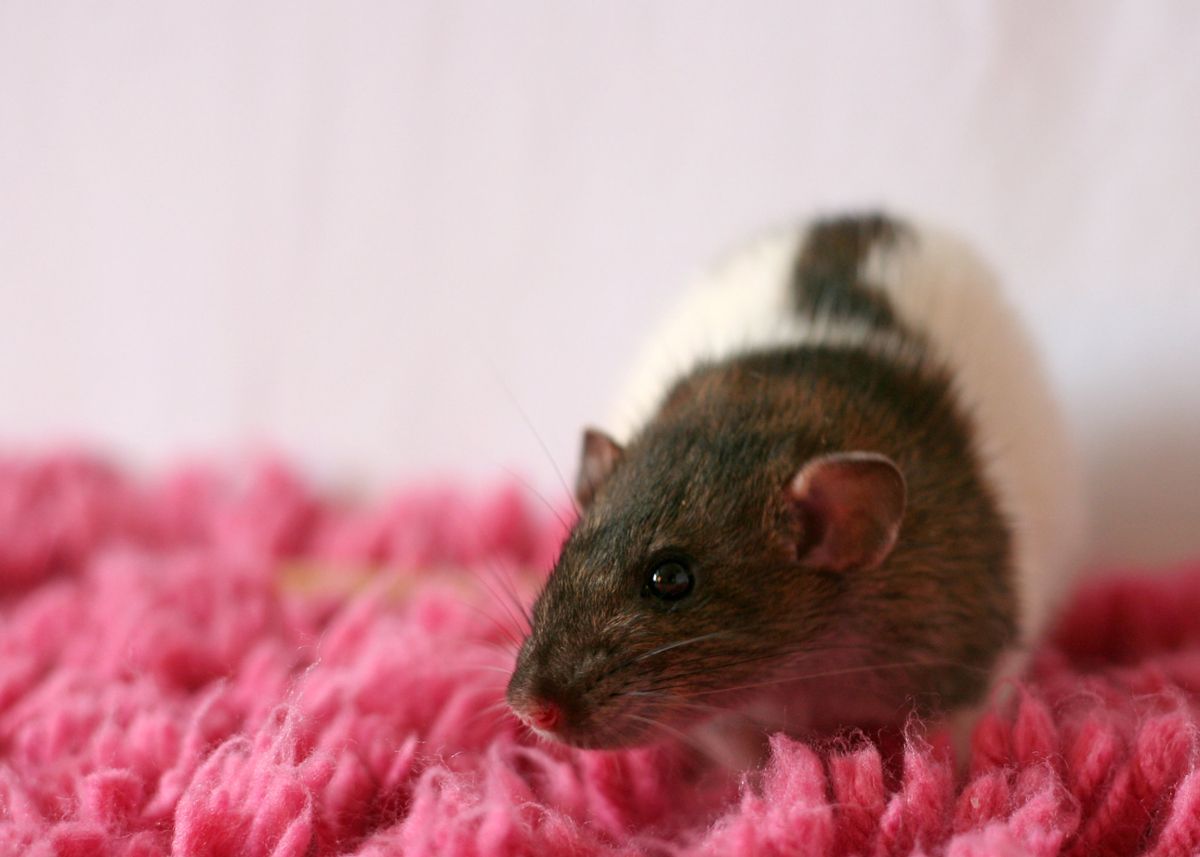Take a close look at a cat. Above its mouth are long stiff hairs called whiskers. A cat’s facial whiskers are one example of a type of long stiff hair found in clusters on the bodies of most mammals. Biologists call these specialized hairs vibrissae. Besides being above the mouth, vibrissae can be found above many mammal’s eyes, under their snouts, on their cheeks, on their legs, paws, and many other parts of their bodies.
Among mammals, only apes, including humans, lack them. Unlike other hairs, vibrissae sprout from follicles rich in nerve endings and function to help mammals sense their surroundings. Most vibrissae sense touch and vibrations, alerting the animal to a nearby object or surface when a vibrissa bumps it and stimulates the nerves of its follicle. This function is especially important for mammals active in the dark, at night or underwater, when vision is restricted. Neuroscientists want to study these hairs to learn more about how animals sense their surroundings. They hope similar sensors might be useful to help robots do the same.
In a series of scientific papers, an international team of neuroscientists has reported a new discovery about vibrissae. Besides being touch sensors, they allow mammals to sense the wind. The researchers were studying clusters of vibrissae above the eyes of rats. They found rats could turn to face a puff of wind in total darkness, but that when the follicles of the vibrissae above the eyes were numbed with an anesthetic, they turned less often. Additional studies confirmed the sensitivity of these vibrissae to wind. The researchers think they might help rats detect air movements produced by an approaching predator in total darkness.










